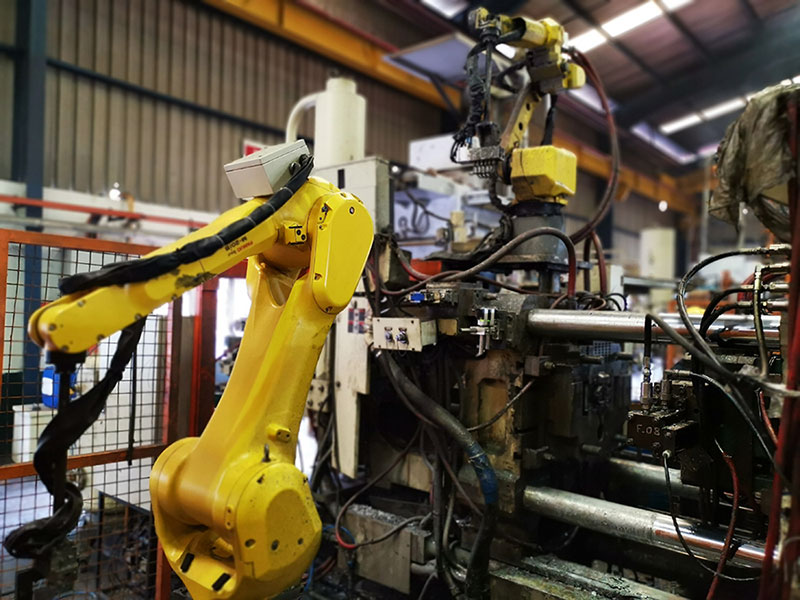Innovations in Die Casting Technology: Trends and Developments
Innovations in Die Casting Technology: Trends and Developments
Blog Article
In the world of manufacturing the importance of efficiency, precision and flexibility are essential. One technique that can encapsulate these attributes is diecasting. Diecasting is an extremely adaptable process for casting metal that produces complex shapes with high accuracy and reproducibility. The process involves introducing molten metal into the steel mold, known as a die and then pressing it under pressure. When the metal is solidified, it takes the shape of the mold. The result is highly detailed parts that can be found in different sectors.
The diecasting process begins with the creation of a mold, typically made out of steel. It is then molten metal is injected under the pressure of a high. The pressure guarantees that the metal fills all the fine details of the mold and results in precisely replicating the component. Die casting molds usually have several cavities that allow for the simultaneous production of several pieces in a single process. Such efficiency makes die casting an attractive option for high-volume production runs.
Additionally, die casting provides incredible material flexibility, allowing many different types of alloys and metals that can meet various application requirements. Aluminum, zinc, and magnesium alloys are commonly employed because of their exceptional mechanical properties, the light nature and recycling capabilities. Each one has distinct characteristics that are admired by the public, including aluminum for its superior strength-toweight ratio and durability against corrosion. Zinc is praised for its exceptional dimensional stability and magnesium for its exceptional strength and stiffness. This flexibility allows manufacturers to choose the most suitable material that meets their particular requirements regardless of whether they are for automobile components electronic consumer products, industrial equipment.
Within the automobile industry die casting has a crucial role in creation of engine parts as well as transmission housings as well as structural components. The lightweight yet durable nature of components made from die casting make them perfect for increasing performance and fuel efficiency while keeping structural quality. Also, in the electronic sector, die casting is employed to construct intricately designed enclosures, heat sinks and connectors, which ensure optimal functioning and stability of electronic gadgets. To get added information kindly look at https://www.senadiecasting.com.my/
The versatility of diecasting extends beyond mere replication of forms; it covers a spectrum of finishing options that can meet a variety of aesthetic and functional requirements. From powder coating to electroplating as well as anodizing or painting diecast pieces can be treated with a variety of treatment options to improve their resistance to corrosion, boost aesthetics, or even provide certain features. These options ensure that diecast parts do not just meet technical specifications but also align with the brand's aesthetic and branding preferences.
Although it is a great tool, diecasting is not without its issues and limitations. Initial costs associated with tooling for die casting can be significant with regard to complex geometries or specialized alloys. Furthermore, even though diecasting is effective when it comes to production in large quantities but its effectiveness decreases in small batch sizes, making less cost-effective for prototypes or customized projects. Additionally, the process may be harmful to the environment due the energy intensive nature melts of the metal, as well as the possibility of generating waste materials.